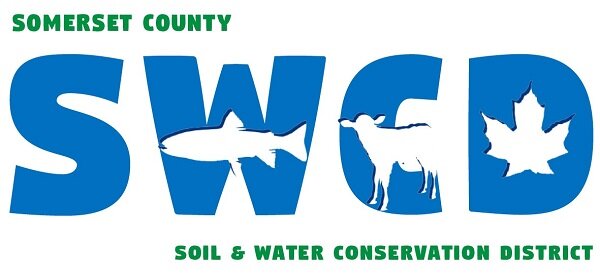Turtles and amphibians on the move!
Early spring in Maine kicks off with the nocturnal “Big Night” migrations of frogs and salamanders. On the first warm, rainy nights when the ground has thawed (often in late March or April), these amphibians travel en masse to breed in vernal pools.
It’s a perilous journey – many road crossings along the way – so April is the time to drive carefully on wet nights and even volunteer with local amphibian road-crossing brigades.
By helping spotted salamanders, wood frogs, and spring peepers reach their breeding pools, landowners support the next generation of these important insect-eaters. Raising awareness of vernal pool habitats (ephemeral woodland ponds formed by snowmelt) also helps protect water quality and countless other creatures that depend on them.
As warmer weather returns, Maine’s turtles emerge from their winter slumber and start roaming to bask, find mates, and later nest. These slow-moving travelers often encounter roads during their spring wanderings.
April is when you might first see turtles (from painted turtles to snapping turtles) crossing local roads or basking on logs. Landowners and drivers can help by keeping an eye out for turtles on roadways and safely moving them in the direction they’re headed if necessary (only when traffic allows). Every adult turtle saved is crucial – Maine turtles take 7–18 years to reach breeding age, so even a few road fatalities can cause local populations to decline.
This is a great month to educate your neighbors about turtle crossing signs, participate in community science projects like the Maine Turtle Roadkill Survey, or create safe turtle nesting spots on your property (e.g. sandy areas protected from predators).

